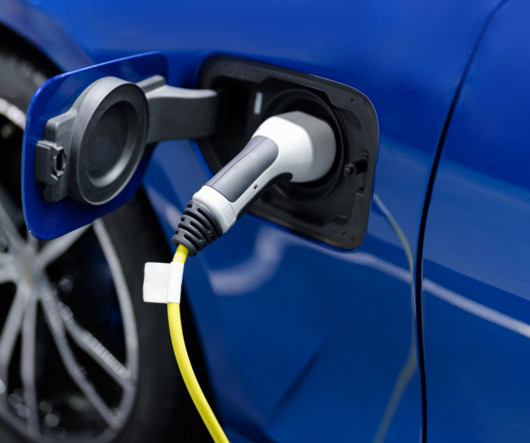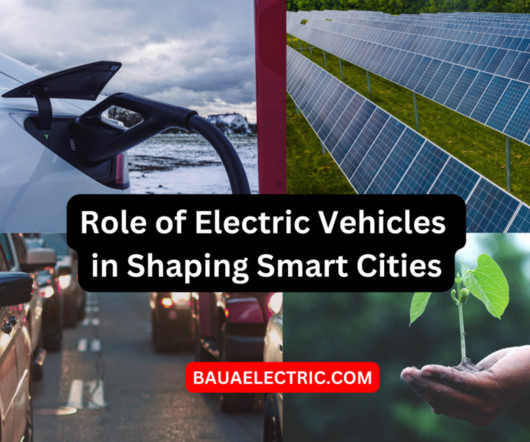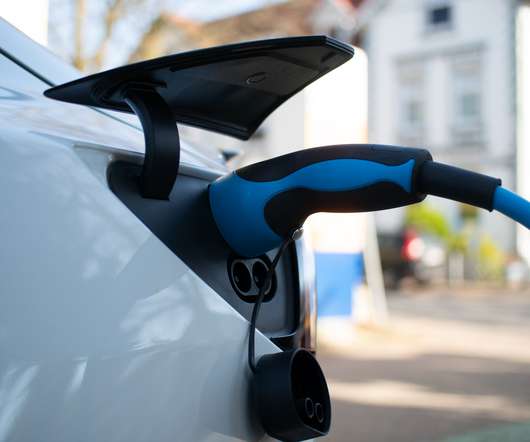RESPONSE TO CLIMATE CHANGE COMMISSION: Drive Electric’s advice on the second draft of the Emissions Reduction Plan (2026-2030)
Drive Electric
JUNE 19, 2023
The transition to electric vehicles depends on the availability of renewable electricity and the infrastructure to enable users to charge their vehicles. We would make the following additional points: E-mobility, by definition, depends on affordable and reliable renewable electricity.











Let's personalize your content